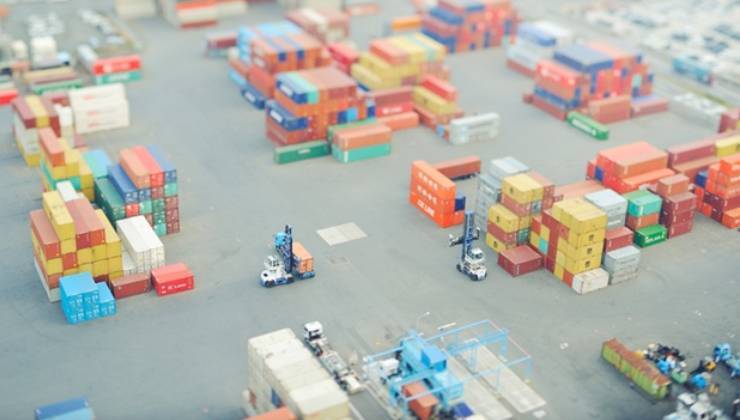The U.S. trucking industry is running into a problem it can’t simply out-hire. According to the...
Tariffs Are Here to Stay - What Retailers and Manufacturers Need to Know

The Trump administration’s latest round of tariffs officially went into effect on August 7, marking a significant shift in U.S. trade policy – and sending ripples through retail, manufacturing, and food service industries.
These country-specific tariffs target imports from a range of trading partners, including Canada, Brazil, Mexico, and European Union. While businesses have faced volatility before, many industry leaders now say this isn’t a short-term disruption. It’s a permanent part of the landscape.
The “New Normal” for Trade
Mike Short, president of global forwarding at C.H. Robinson Worldwide, sums it up: Tariff volatility is the new normal. Companies aren’t just making short-term moves like frontloading shipments or limiting imports to essentials – they're rethinking long-term sourcing strategies to be more resilient.
Thomas Derry, CEO of the Institute for Supply Management, even suggests there’s a silver lining: clarity. After months of uncertainty, companies now have a clearer picture of tariff rates, allowing for better planning – even if it means adjusting prices.
Who’s Feeling the Pressure?
- Retailers: Some big players like Home Depot and Costco are resisting price increases, while others like Stanley Black & Decker have already raised prices.
- Restaurants: The National Restaurant Association (NRA) warns the tariffs on food imports – especially from Canada, Mexico, and the EU – could force menu price hikes. In a letter to U.S. trade officials, the NRA estimated a $15.16 billion impact from certain food tariffs alone.
- Manufacturers: With tariffs on key materials, manufacturing executives are openly discussing the need for price increases to protect margins.
Supply Chains Under the Microscope
Businesses are moving beyond the old “China +1” diversification model. Instead, they’re building tiered sourcing hierarchies that prioritize geopolitical stability, business continuity, and cost efficiency.
But not all companies have the resources to restructure so quickly. Smaller businesses, in particular, are feeling intense pressure and, in some cases, questioning their ability to stay afloat.
Looking Ahead
With trade negotiations ongoing and investigations into sectors like pharmaceuticals and semiconductors, tariff policy could shift again – but the underlying reality: tariffs are here to stay.
For businesses, the winners in this new environment will be those that:
- Build flexible, diversified supply chains
- Plan for volatility instead of reacting to it
- Balance cost efficiency with long-term stability
As Scott Paul, president of the Alliance for American Manufacturing, puts it: now that tax and trade policy are “largely settled”, there’s hope for growth – but much work remains.
In this environment, businesses need tools that not only monitor and respond to changing tariffs but also optimize supply chain operations in real time. That’s where Aquatio comes in. By providing end-to-end visibility into shipping, drayage, and port logistics, Aquatio helps companies anticipate disruptions, make data-driven sourcing decisions, and maintain efficiency even as trade policies evolve. With Aquatio, retailers, manufacturers, and food service providers can plan proactively – turning uncertainty into opportunity.


